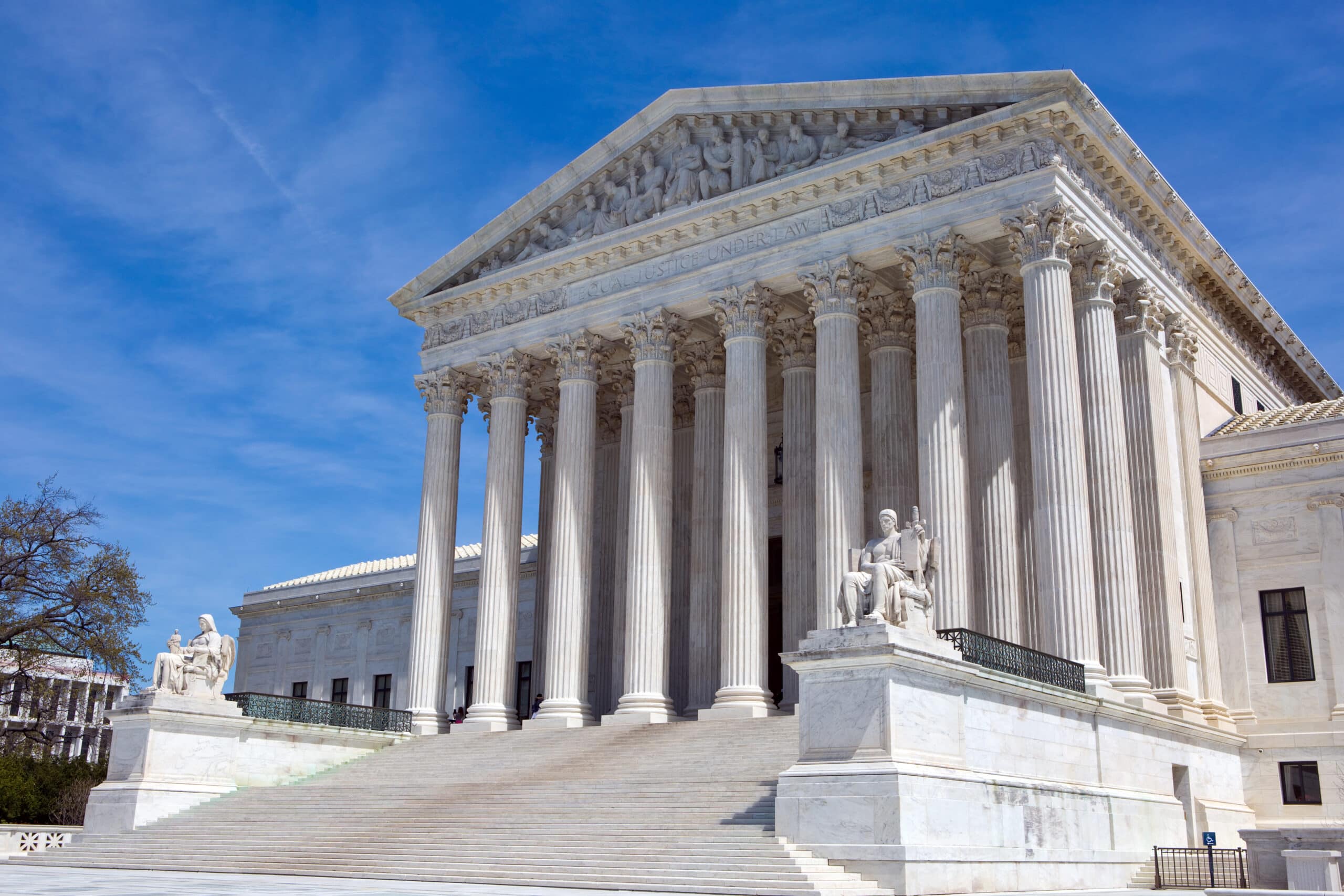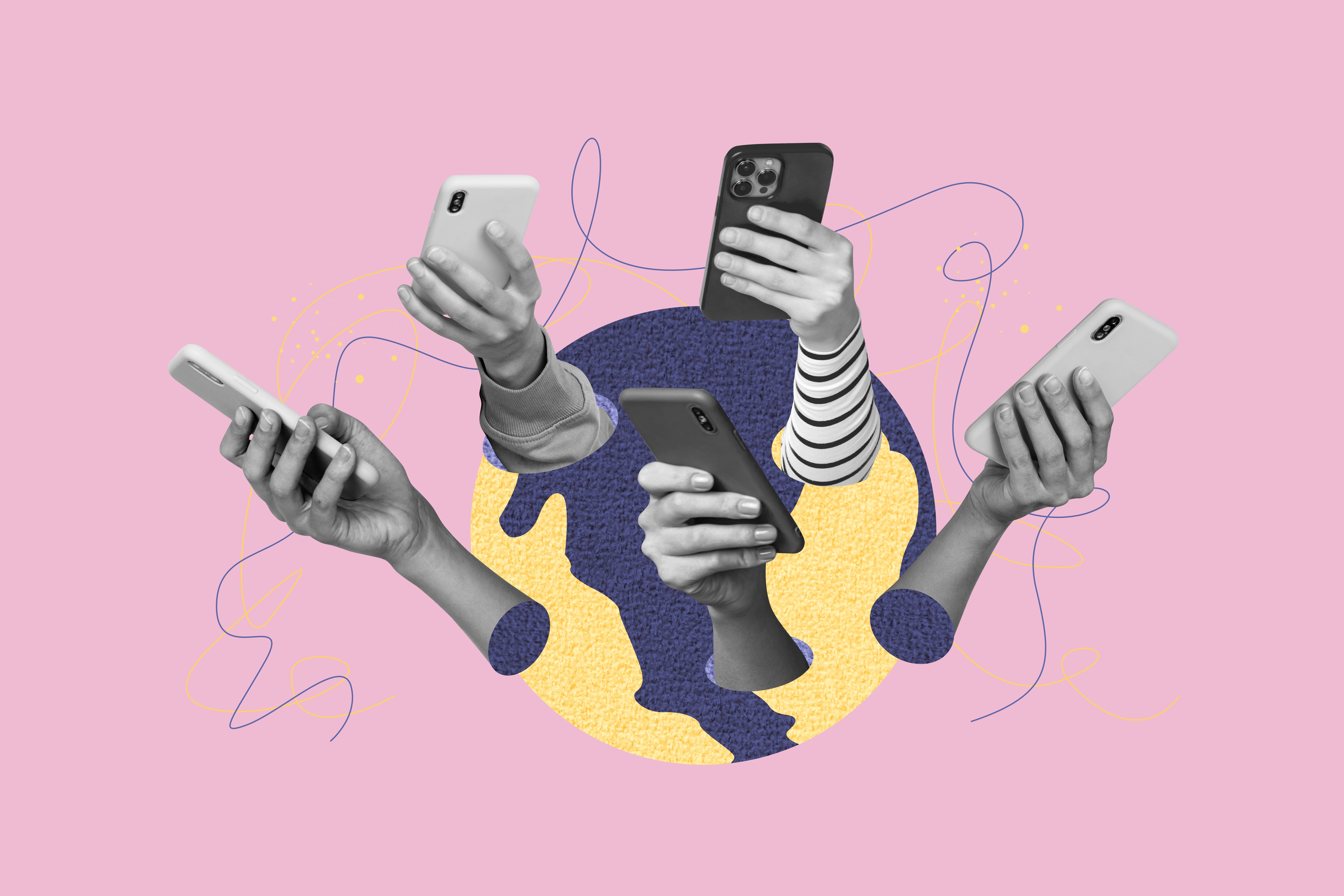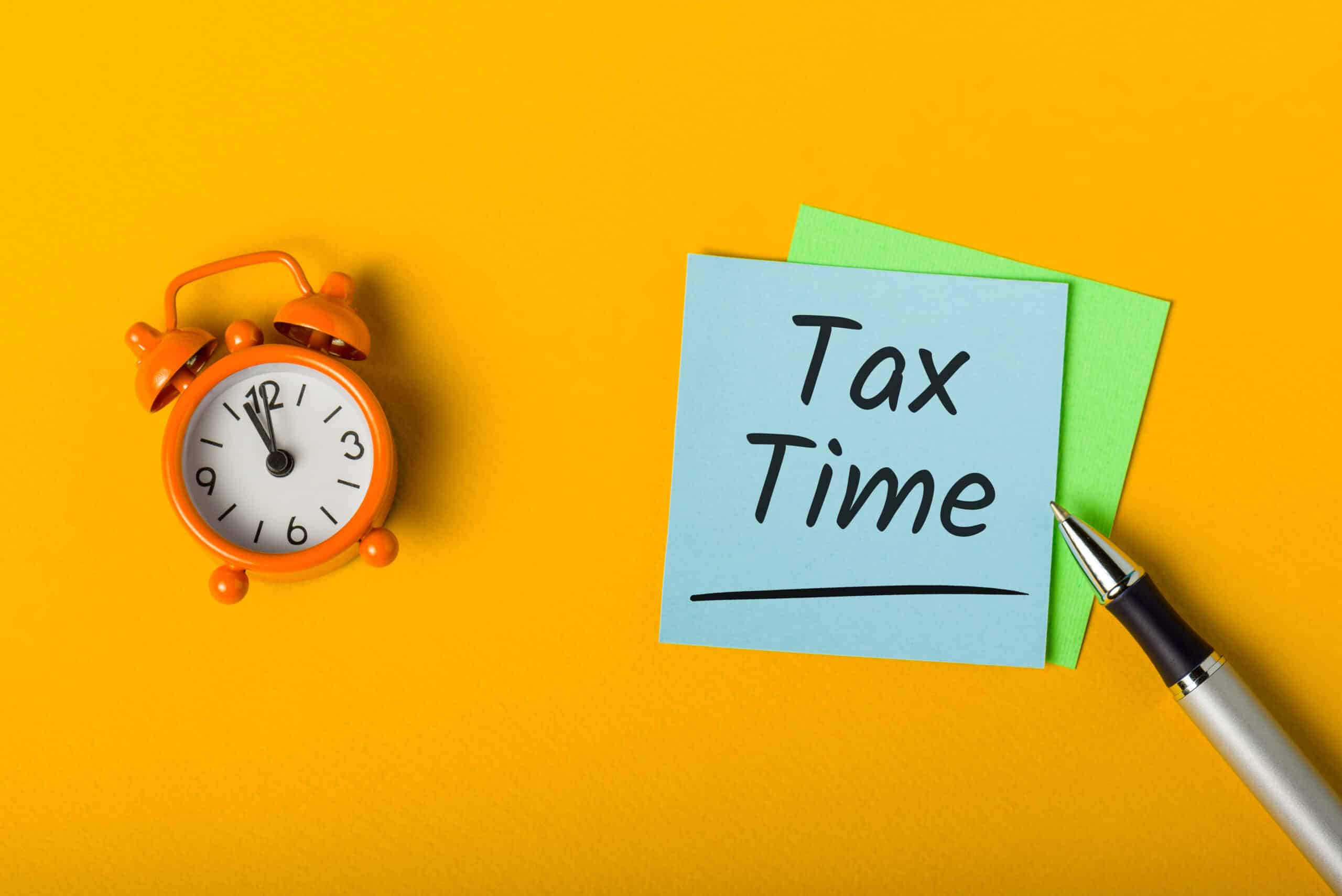March 8, 2023

Biden Announces Student Loan Forgiveness
On August 24th, 2022, President Joe Biden announced his three-part student loan forgiveness plan, which included an extended payment pause on federal student loans through December 31, 2022. With 1 in 7 Americans having student loan debt, a student debt forgiveness program could aid a large demographic of individuals.
Through Biden’s forgiveness plan, borrowers could expect $10,000 to $20,000 of their student loans to be forgiven, depending on annual income and if the borrower had received a Pell Grant. To be eligible, borrowers would have to earn less than $125,000 per year, or $250,000 if married, in the years 2020 or 2021. If individuals only met the income requirements, then they would be eligible for up to $10,000 of relief. However, if the borrower had also received a Pell Grant while attending college, then they would be eligible for up to $20,000 of debt to be forgiven. This plan only applies to federal student loans, including direct subsidized and unsubsidized, Parent PLUS loans, and Grad PLUS loans.
What’s Happening with Forgiveness Now?
On October 17th, 2022, student loan forgiveness applications were launched on the Federal Student Aid website. More than 8 million people applied for debt relief within the first weekend of the application being live. However, the Department of Education closed the application within less than a month of its launch.
After fighting against multiple lawsuits, the Department of Education shut down the student loan forgiveness application on November 11th, 2022. With initially six lawsuits, there were two that had been the deciding factors in freezing the forgiveness applications.
The first of these lawsuits was brought forth by 6 U.S. states that argued mass debt cancellation would cause financial harm to the country. While the states’ movement against the Biden administration was initially rejected by a lower court judge, they appealed the case to the 8th Circuit Court of Appeals. There, on October 21st, 2022, is when Biden’s plan was temporarily stopped until the legality of student loan forgiveness could be decided.
In addition, two individuals sued the Biden Administration, in which they were represented by the Job Creators Network Foundation. The JCNF argues that Biden’s plan violated the Administrative Procedure Act by not seeking public comment on the plan. A district judge in Texas ruled in favor of the plaintiffs and stated that the program was an “unconstitutional exercise of Congress’s legislative power.” The Department of Justice then appealed to the 5th Circuit Court of Appeals.
The Biden Administration, the Department of Justice, and the Department of Education together have laid out their arguments as to why they did not overstep with this forgiveness program. First, President Biden claims that there was no true harm from the forgiveness program. In addition, Biden’s team claims that the HEROES Act of 2003 defends the reason for student loan forgiveness. This act would allow the administration to reduce or eliminate student loan debt during a national emergency. In this case, that national emergency would be the COVID-19 pandemic.
The Supreme Court has now agreed to hear the arguments from the Biden Administration and the plaintiffs of these two lawsuits. A formal ruling could be released any time after oral arguments, however, major supreme court decisions are expected to be released in June 2023.
Student Loan Payment Pause Extended… Again
In March 2020, President Donald Trump announced that all student loan payments would have 0% interest rates and all payments would be paused for at least 60 days. After many more payment pause extensions enacted by Donald Trump and Joe Biden, the latest update is that the payment pause was again extended to June 30, 2023. However, the supreme court ruling of the student loan forgiveness plan could impact this repayment date. If the supreme court rules before June 30th, then the federal loan payments will resume 60 days after the decision, with interest also accruing once again.
What Borrowers Can Do Now
At this time, many Americans worry about the unknown of student loan forgiveness. However, there are certain steps to prepare for the Supreme Court decision. First, start budget planning for when student loan payments are resumed once again. A popular budgeting technique is known as the 50/30/20 rule. This rule states that 50% of your monthly income goes to necessities, such as rent, utilities, and groceries. 20% of your monthly income goes to savings and debt payments. This could include an emergency fund, student loan payments, or retirement savings. That leaves 30% of your monthly income for your wants and nonessential expenses.
Another way to prepare is to put the amount of your monthly payment in an interest-accruing savings account. This not only helps you save money but also builds a good habit to have overall. If you do not yet have a high-interest savings account, here are some recommendations.
Lastly, if you have private student loans, refinancing those loans is something to consider. Refinancing student loans can allow you to achieve a lower interest rate from one single lender. In turn, this helps drive down your student loan payments. From choosing your desired loan terms to saving money on interest over time, refinancing your private student loans is an option with many advantages.
Please note that the information provided on this website is provided on a general basis and may not apply to your own specific individual needs, goals, financial position, experience, etc. LendKey does not guarantee that the information provided on any third-party website that LendKey offers a hyperlink to is up-to-date and accurate at the time you access it, and LendKey does not guarantee that information provided on such external websites (and this website) is best-suited for your particular circumstances. Therefore, you may want to consult with an expert (financial adviser, school financial aid office, etc.) before making financial decisions that may be discussed on this website.



